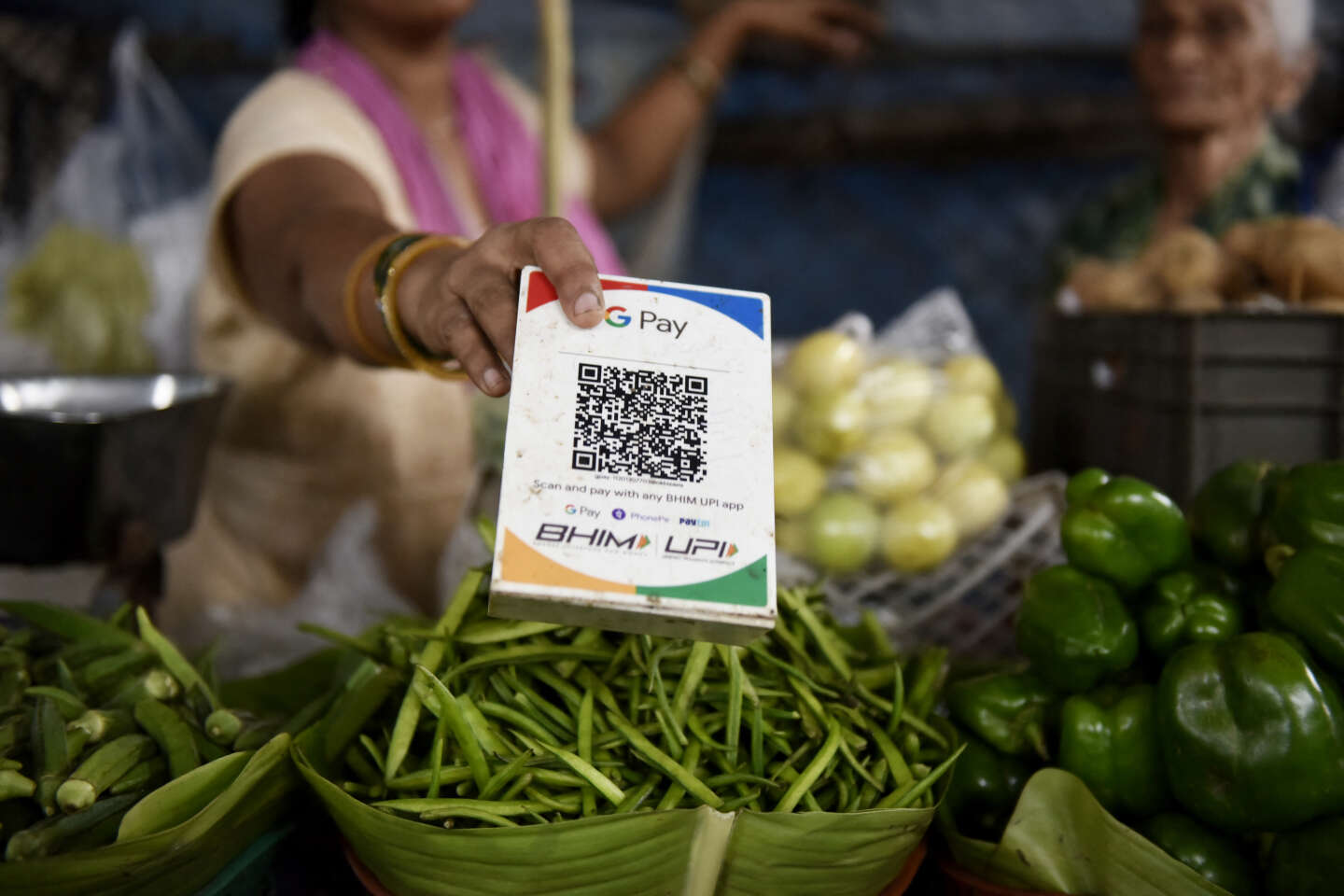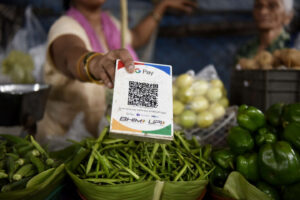
How UPI Payment Changed Consumer Behavior in India
In recent years, Unified Payments Interface (UPI) has revolutionized the way Indians conduct transactions, significantly altering consumer behavior across the country. This seamless, instant, and highly efficient payment system, introduced by the National Payments Corporation of India (NPCI) in 2016, has rapidly become the preferred mode of payment for millions. From small street vendors to large-scale businesses, UPI Payment has woven itself into the very fabric of India’s economy. But how exactly has UPI changed consumer behavior? Let’s explore.
The Rise of UPI: A Brief Overview
UPI’s inception was a game-changer in the Indian financial landscape. Before UPI Payment, digital payments were fragmented, with various wallets, cards, and online banking services providing disjointed experiences. UPI unified these by allowing instant money transfers between bank accounts through a single platform. The system’s ease of use and the widespread adoption of smartphones and the internet accelerated its popularity. Today, UPI is synonymous with digital payments in India, with billions of transactions processed monthly.
The Shift from Cash to UPI Payment

One of the most significant changes in consumer behavior due to UPI is the shift from cash-based transactions to digital payments. India has traditionally been a cash-driven economy, but UPI has steadily eroded the reliance on physical currency. The convenience of making payments with just a few taps on a smartphone has encouraged consumers, even in rural areas, to adopt digital payments. This shift has been further bolstered by the government’s push towards a cashless economy and the demonetization move in 2016, which nudged consumers towards alternative payment methods.
Increased Financial Inclusion
UPI has played a pivotal role in increasing financial inclusion in India. With the ability to link multiple bank accounts to a single UPI ID, individuals who previously had limited access to banking services are now part of the digital economy. The ease of creating a UPI ID and linking it to a bank account has empowered millions of people to participate in the financial system, many for the first time. This has led to a more inclusive economy, where a larger portion of the population is now actively engaged in digital transactions.
The Role of QR Codes in Everyday Transactions
The widespread adoption of QR codes as a means of payment is another consumer behavior change driven by UPI. Small merchants, street vendors, and even local grocery stores now display UPI-linked QR codes, allowing customers to make payments effortlessly. This has not only simplified transactions but has also reduced the need for physical cash. The ease of scanning a code and making an instant payment has made UPI an integral part of daily life for millions of Indians.

The Boom in E-commerce and Online Shopping
UPI has significantly boosted the growth of e-commerce and online shopping in India. The ability to make quick, secure, and hassle-free payments has encouraged more consumers to shop online. UPI’s integration with major e-commerce platforms has streamlined the payment process, reducing the friction that often comes with other payment methods like card payments or net banking. This has led to a surge in online transactions, with more consumers turning to digital platforms for their shopping needs.

Enhanced Security and Trust in Digital Payments
One of the critical factors behind UPI’s success is the enhanced security features that it offers. UPI transactions are secured by two-factor authentication, including a unique UPI PIN and device-specific credentials. This has instilled a greater sense of trust among consumers, encouraging them to use digital payments more frequently. The transparency and security provided by UPI have reduced the apprehensions that many consumers had about digital transactions, leading to broader acceptance and usage.
Impact on Small Businesses and Entrepreneurs
UPI has also had a profound impact on small businesses and entrepreneurs in India. The ability to accept digital payments has opened up new avenues for these businesses, allowing them to tap into a larger customer base. For many small businesses, especially those in rural areas, UPI has been a game-changer, providing them with access to digital payments without the need for expensive POS machines or complex infrastructure. This has not only boosted their revenue but has also made their operations more efficient.

The Role of UPI in Financial Planning and Management
UPI has changed the way consumers approach financial planning and management. The ease of tracking transactions through UPI apps has made it simpler for individuals to manage their finances. With instant notifications and detailed transaction histories, consumers are now more aware of their spending patterns, which has led to better financial discipline. The ability to set up recurring payments and manage multiple accounts through a single platform has further streamlined personal finance management for many users.
Influence on Consumer Spending Habits
The convenience and ease of use provided by UPI have influenced consumer spending habits in India. The ability to make quick payments has led to an increase in impulse purchases, particularly in the online shopping space. However, the transparency of transactions has also made consumers more mindful of their spending, as they can easily track their expenses through UPI apps. This dual effect has led to a more dynamic consumer spending environment, where people are both spending more and managing their finances better.

The Future of UPI and Consumer Behavior
As UPI continues to evolve, it is likely to drive further changes in consumer behavior. The introduction of UPI 2.0, which includes features like overdraft accounts, one-time mandates, and invoice verification, is set to make UPI even more versatile. Additionally, the growing integration of UPI with other financial services, such as loans and investments, could further alter how consumers manage their finances. As the system continues to innovate and expand, it will undoubtedly shape the future of consumer behavior in India.
Conclusion
UPI has fundamentally transformed consumer behavior in India, shifting the economy towards digital payments, increasing financial inclusion, and reshaping the way people manage and spend their money. From small businesses to large enterprises, UPI has become an indispensable tool, driving growth and innovation across various sectors. As UPI continues to evolve and adapt to the needs of consumers, its impact on the Indian economy and consumer behavior will only grow stronger, paving the way for a more digital and inclusive future.
Share this content:


















































1 comment